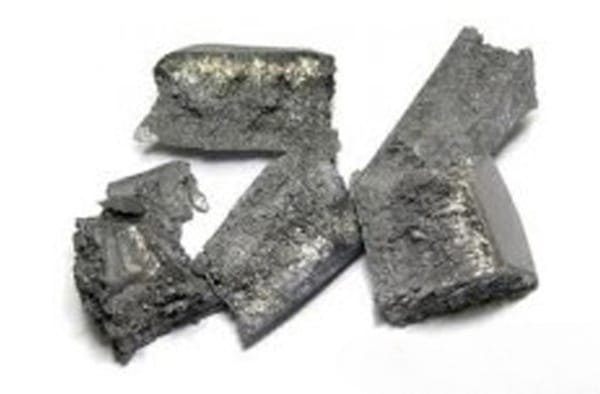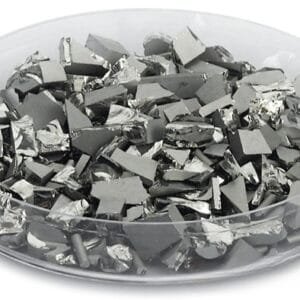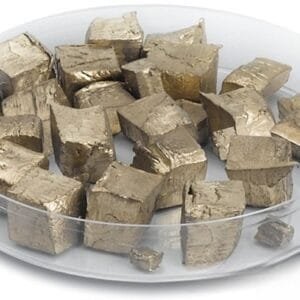Erbium Evaporation Materials Description
Erbium, a member of the Lanthanide series within the rare earth elements, stands out due to its unique properties. This metal is notably malleable and soft, and it maintains stability when exposed to air. Erbium is known for emitting a distinctive pink hue, which makes it valuable in various imaging and optical technologies. Compared to some other rare earth metals, erbium oxidizes at a slower rate and exhibits high electrical resistivity.
While erbium is usually found in limited quantities and combined with other rare earth elements, its pure form has niche applications. One notable use is as an alloying agent with titanium, which enhances certain material properties.
In deposition processes, the quality of erbium evaporation materials is critical for producing high-grade films. TFM excels in supplying high-purity erbium evaporation materials, offering products with purity levels up to 99.9%. TFM adheres to rigorous quality control measures to ensure the dependability and performance of its materials.

Erbium Evaporation Materials Specification
| Material Type | Erbium |
| Symbol | Er |
| Color/Appearance | Silvery White, Metallic |
| Melting Point | 1,529 °C |
| Thermal Conductivity | 15 W/m.K |
| Density | 9.05 g/cc |
| Synonyms | Er Pellets, Er Pieces, Er Evaporation Pellet, Erbium Pellets, Erbium Pieces, Erbium Evaporation Pellet |
Erbium Evaporation Materials Applications
Erbium is actively used in various deposition techniques essential for creating high-quality materials. It plays a key role in semiconductor deposition processes and is integral to Chemical Vapor Deposition (CVD) and Physical Vapor Deposition (PVD) technologies. These methods are crucial for producing advanced films and coatings.
In the field of optics, erbium has several important applications. It is used to enhance wear resistance in optical components, apply decorative coatings, and improve display technologies. These applications leverage erbium’s unique properties to deliver durability and performance in a range of products.
Erbium Evaporation Materials Packing
We take great care in managing our erbium evaporation materials to avoid any damage during both storage and transit. This meticulous handling guarantees that our products maintain their high quality and arrive in their original condition.
Ordering Table
| Material | Size | Quantity | Purity | Part Number |
| Erbium | < 5mm | 300 g | 99.9% | EVMERX3MM-L |
| Erbium | < 5mm | 100 g | 99.9% | EVMERX5MM-D |


 MSDS File
MSDS File



Reviews
There are no reviews yet.